A light-activated enzyme morphed round starfish egg cells into different shapes. This technology could one day be useful for wound healing therapies.
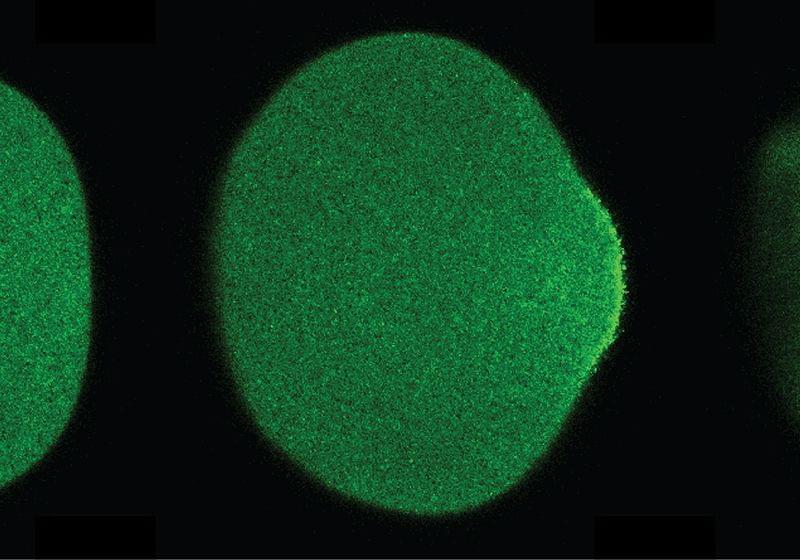


Physicists at Harvard have developed a powerful new laser-on-a-chip that emits bright pulses in the mid-infrared spectrum – an elusive and highly useful light range for detecting gases and enabling new spectroscopic tools.
The device, which packs capabilities of much larger systems into a tiny chip, doesn’t need any external components. It merges breakthrough photonic design with quantum cascade laser tech and could soon revolutionize environmental monitoring and medical diagnostics by detecting thousands of light frequencies in one go.
Breakthrough in compact mid-infrared laser technology.
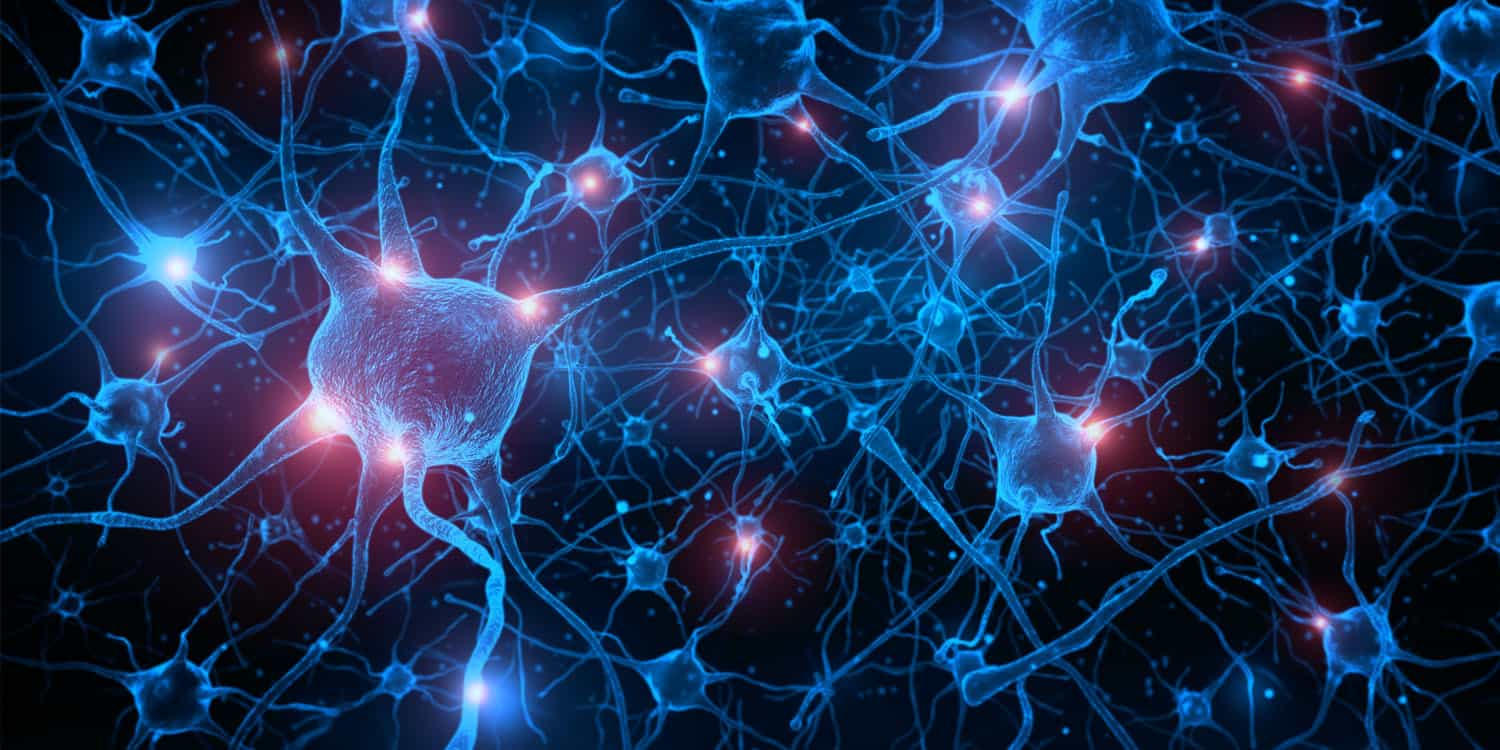
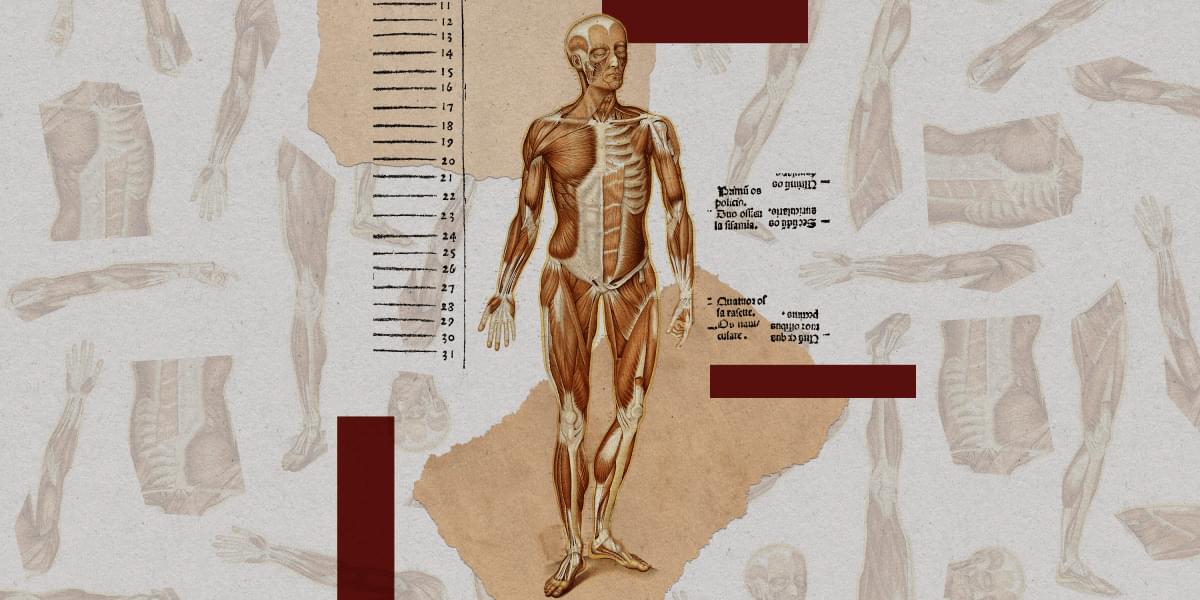
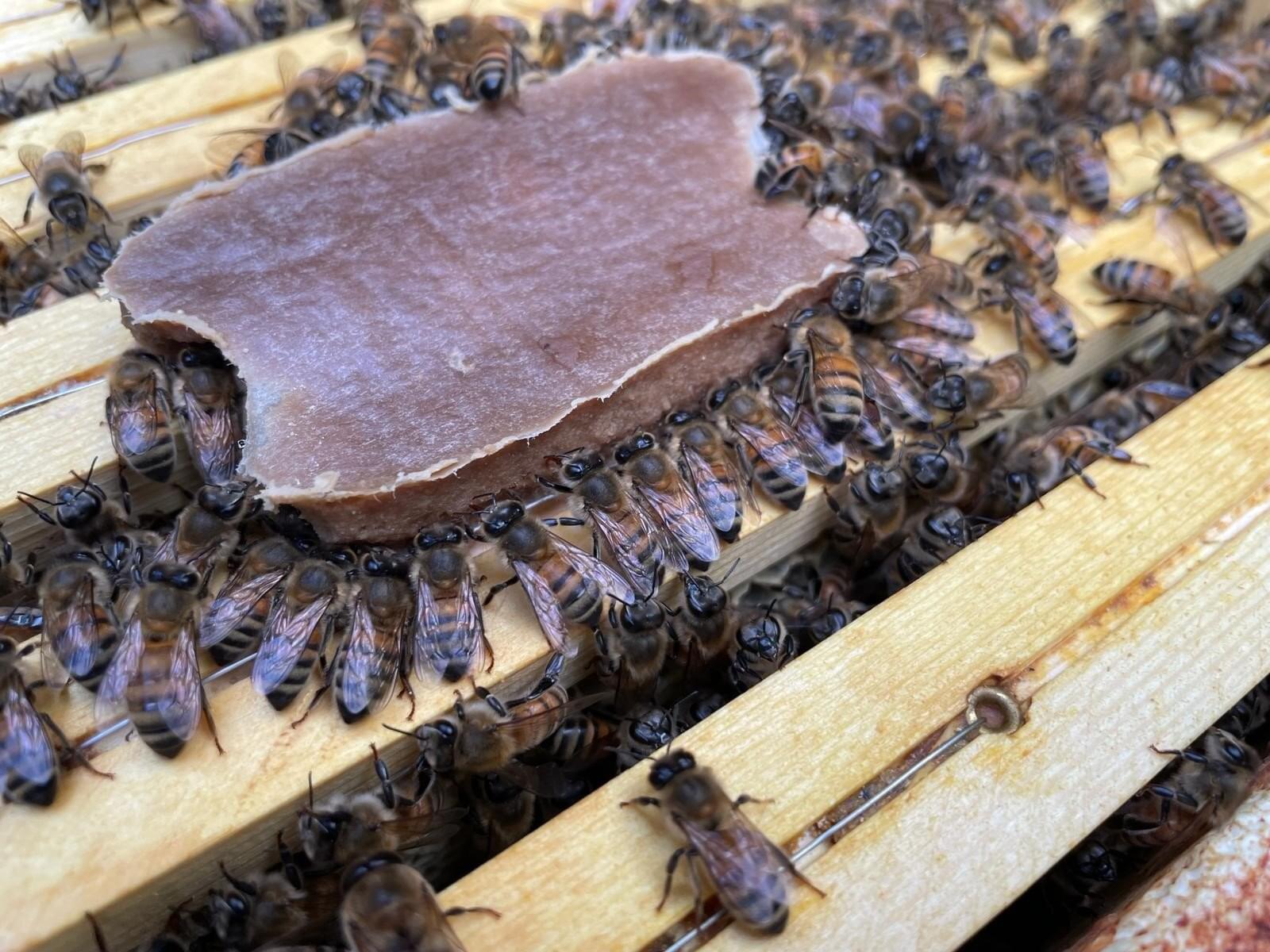
Scientists have unveiled a new food source designed to sustain honey bee colonies indefinitely without natural pollen.
Published in the journal Proceedings of the Royal Society B, the research from Washington State University and APIX Biosciences NV in Wingene, Belgium, details successful trials where nutritionally stressed colonies, deployed for commercial crop pollination in Washington state, thrived on the new food source.
This innovation, which resembles the man-made diets fed to livestock and pets all their lives, contains all the nutrients honey bees need. It’s expected to become a potent strategy for combating the escalating rates of colony collapse and safeguarding global food supplies reliant on bee pollination.
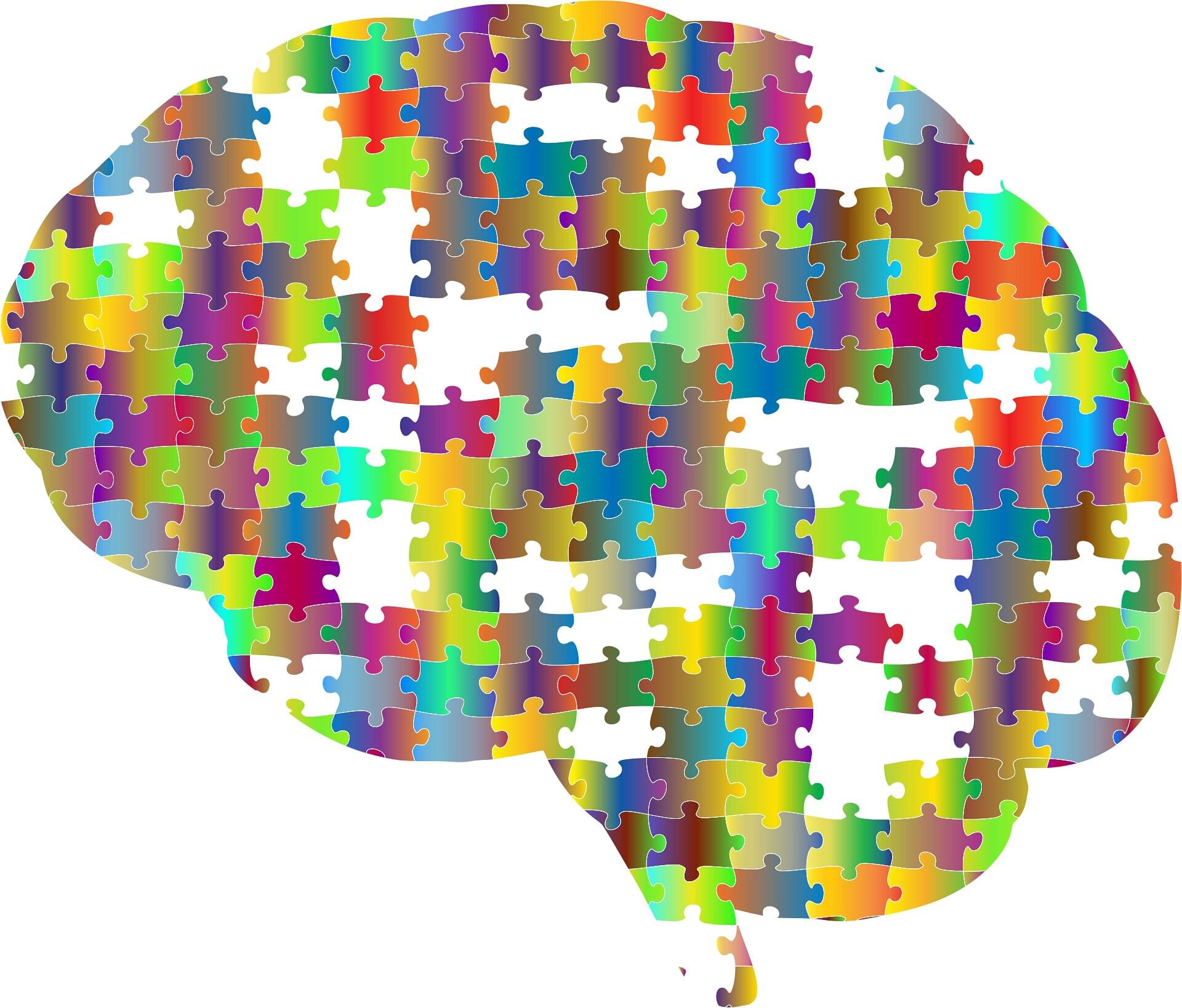
A team of researchers at UCL and UCLH have identified the key brain regions that are essential for logical thinking and problem solving.
The findings, published in Brain, help to increase our understanding of how the human brain supports our ability to comprehend, draw conclusions, and deal with new and novel problems—otherwise known as reasoning skills.
To determine which brain areas are necessary for a certain ability, researchers study patients with brain lesions (an area of damage in the brain) caused by stroke or brain tumors. This approach, known as “lesion-deficit mapping,” is the most powerful method for localizing function in the human brain.

The development and spread of antibiotic resistance represents one of the greatest threats to global health. To overcome these resistances, drugs with novel modes of action are urgently needed.
Researchers at the Helmholtz Institute for Pharmaceutical Research Saarland (HIPS) have now uncovered the mode of action of a promising class of natural products—the chlorotonils. These molecules simultaneously target the bacterial cell membrane and the bacteria’s ability to produce proteins, enabling them to break through resistance. The team published its findings in Cell Chemical Biology.
The more frequently antibiotics are used, the faster pathogens evolve mechanisms to evade their effects. This leads to resistant pathogens against which common antibiotics are no longer effective. To ensure that effective treatments for bacterial infections remain available in the future, antibiotics that target different bacterial structures than currently approved drugs are essential.


